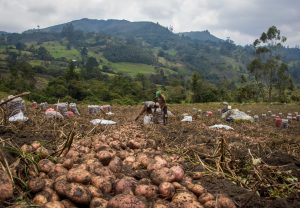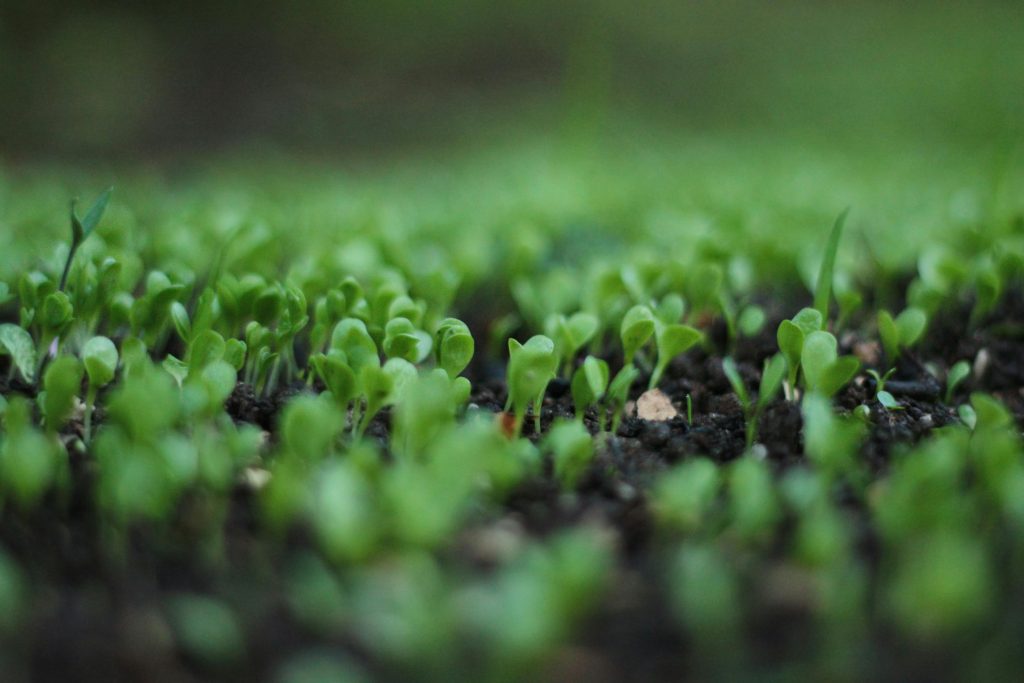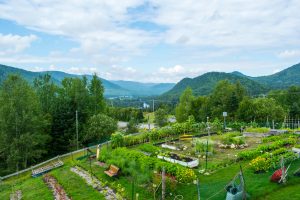
Potash for Root Crops: Maximizing Sweetness and Storage Quality
Root crops are the backbone of many fall gardens and market harvests. Carrots, beets, potatoes, turnips, and radishes all thrive in the cooler weather of

Container gardening offers flexibility, beauty, and the chance to grow plants in limited spaces—but summer heat creates unique challenges. Plants in pots dry out faster, experience more extreme temperature swings, and quickly deplete the nutrients in their limited soil volume. Fertilizer choices and application timing can make or break your success.
In this blog, we’ll cover what makes container gardening in summer different, which fertilizers actually help (and which can do more harm than good), and how you can keep container flowers, vegetables, and herbs thriving—even through sweltering days. Everything you’ll need can be found at Supply Solutions LLC.
Unlike garden beds, containers don’t benefit from the natural ecosystem of the ground—no worm tunnels, no buffering from surrounding soil, and no deep roots. Nutrients flush out faster with every watering. Combine that with the daily heat exposure and high evaporation, and you’re left with a plant that’s constantly hungry and thirsty.
Key stressors in container gardening during summer:
1. 10-10-10 Liquid Fertilizer with Micronutrients
Perfect for weekly feeding. Delivers nitrogen, phosphorus, and potassium for overall plant health, plus iron, manganese, and other key micronutrients for vibrant foliage and blooming.
2. 12-6-6 Ornamental Fertilizer
Ideal for leafy ornamentals, herbs, and non-fruiting crops. Supports strong vegetative growth and heat resilience.
3. Calcium Nitrate (15.5-0-0)
Recommended for tomatoes, peppers, eggplants, and other fruiting plants prone to blossom-end rot. Strengthens cell walls, aids in flower retention, and prevents calcium-related disorders.
| Plant Type | Fertilizer | Frequency |
|---|---|---|
| Flowering annuals | 10-10-10 Liquid | Every 7–10 days |
| Fruiting vegetables | 10-10-10 + Calcium Nitrate | Weekly (alternate) |
| Herbs and greens | 12-6-6 | Every 10–14 days |
| Foliage plants | 12-6-6 | Every 2 weeks |
Your containers work overtime in summer—and so should your fertilization routine. Weekly or bi-weekly feeding with high-quality liquid fertilizers like 10-10-10, 12-6-6, and 15.5-0-0 calcium nitrate can ensure your plants stay lush, blooming, and productive all season long.
Still unsure what your container garden needs most? Ask the experts at Supply Solutions LLC.
Call us at 503-451-1622
Email sales@mysolutionssupply.com
Use our Contact Form
Message us on Facebook
Let Supply Solutions LLC help you grow smarter, even in the summer heat.

Root crops are the backbone of many fall gardens and market harvests. Carrots, beets, potatoes, turnips, and radishes all thrive in the cooler weather of

Fall gardens are some of the most rewarding to grow. Cooler temperatures extend the season for leafy greens, while crops like broccoli, cabbage, kale, and
Give us a call or visit our store, and we’ll help you find the right solution for your business.
© Supply Solutions LLC 2025